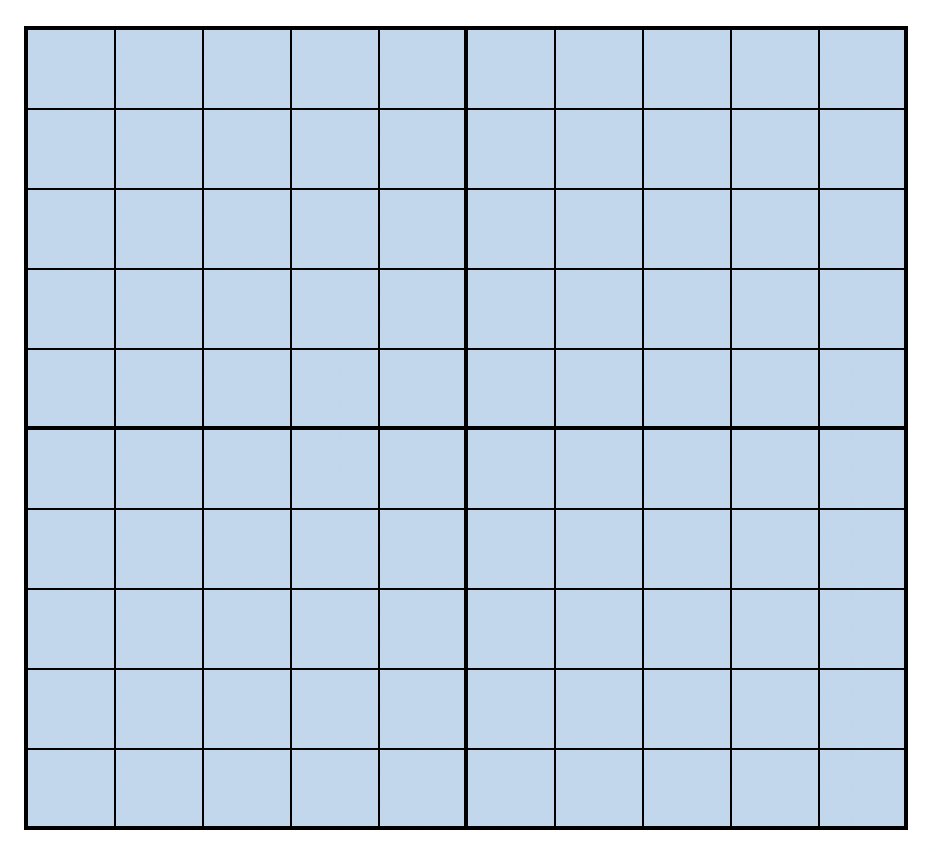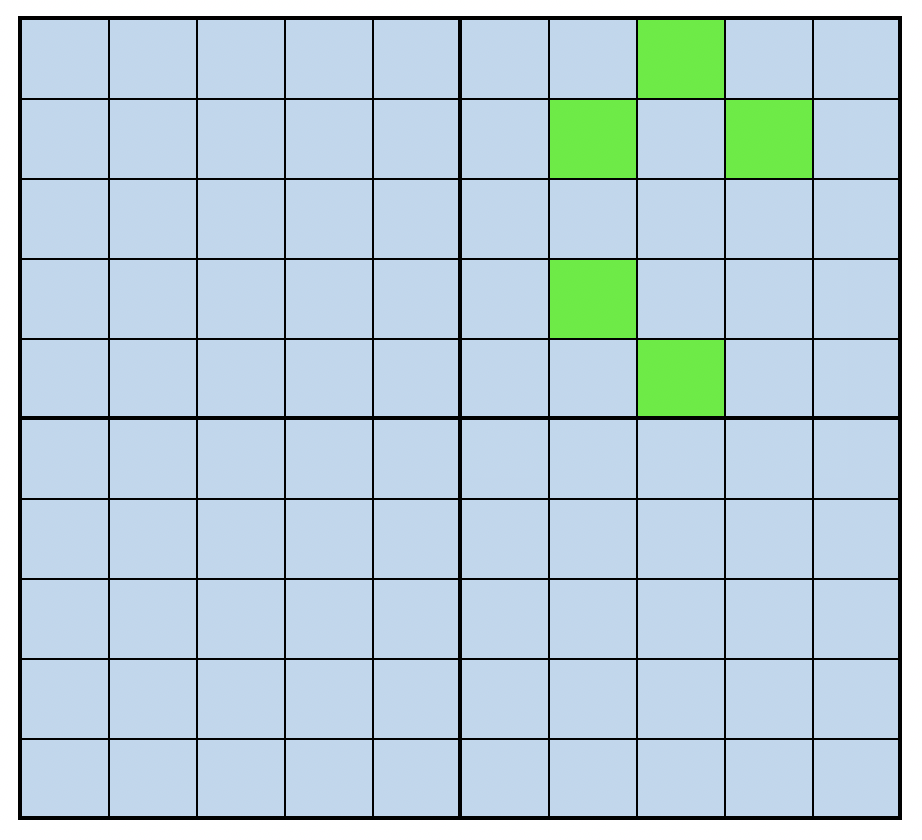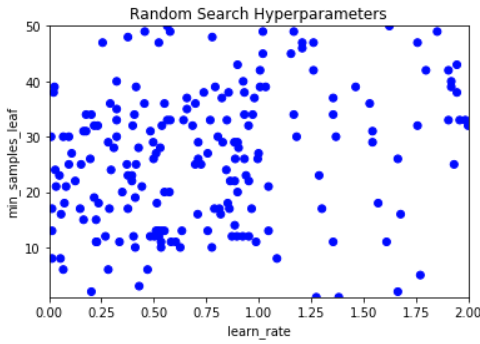Introducing Random Search
Hyperparameter Tuning in Python

Alex Scriven
Data Scientist
What you already know
Very similar to grid search:
- Define an estimator, which hyperparameters to tune and the range of values for each hyperparameter.
- We still set a cross-validation scheme and scoring function
BUT we instead randomly select grid squares.
Why does this work?
Bengio & Bergstra (2012):
This paper shows empirically and theoretically that randomly chosen trials are more efficient for hyper-parameter optimization than trials on a grid.
Two main reasons:
- Not every hyperparameter is as important
- A little trick of probability
A probability trick
A grid search:

How many models must we run to have a 95% chance of getting one of the green squares?
Our best models:

A probability Trick
If we randomly select hyperparameter combinations uniformly, let's consider the chance of MISSING every single trial, to show how unlikely that is
Trial 1 = 0.05 chance of success and (1 - 0.05) of missing
- Trial 2 = (1-0.05) x (1-0.05) of missing the range
- Trial 3 = (1-0.05) x (1-0.05) x (1-0.05) of missing again
- Trial 2 = (1-0.05) x (1-0.05) of missing the range
In fact, with n trials we have (1-0.05)^n chance that every single trial misses that desired spot.
A probability trick
So how many trials to have a high (95%) chance of getting in that region?
- We have (1-0.05)^n chance to miss everything.
- So we must have (1- miss everything) chance to get in there or (1-(1-0.05)^n)
- Solving 1-(1-0.05)^n >= 0.95 gives us n >= 59
A probability trick
What does that all mean?
- You are unlikely to keep completely missing the 'good area' for a long time when randomly picking new spots
- A grid search may spend lots of time in a 'bad area' as it covers exhaustively.
Some important notes
Remember:
The maximum is still only as good as the grid you set!
Remember to fairly compare this to grid search, you need to have the same modeling 'budget'
Creating a random sample of hyperparameters
We can create our own random sample of hyperparameter combinations:
# Set some hyperparameter lists
learn_rate_list = np.linspace(0.001,2,150)
min_samples_leaf_list = list(range(1,51))
# Create list of combinations
from itertools import product
combinations_list = [list(x) for x in
product(learn_rate_list, min_samples_leaf_list)]
# Select 100 models from our larger set
random_combinations_index = np.random.choice(
range(0,len(combinations_list)), 100,
replace=False)
combinations_random_chosen = [combinations_list[x] for x in
random_combinations_index]
Visualizing a Random Search
We can also visualize the random search coverage by plotting the hyperparameter choices on an X and Y axis.

Notice how this has a wide range of the scatter but not deep coverage?
Let's practice!
Hyperparameter Tuning in Python

